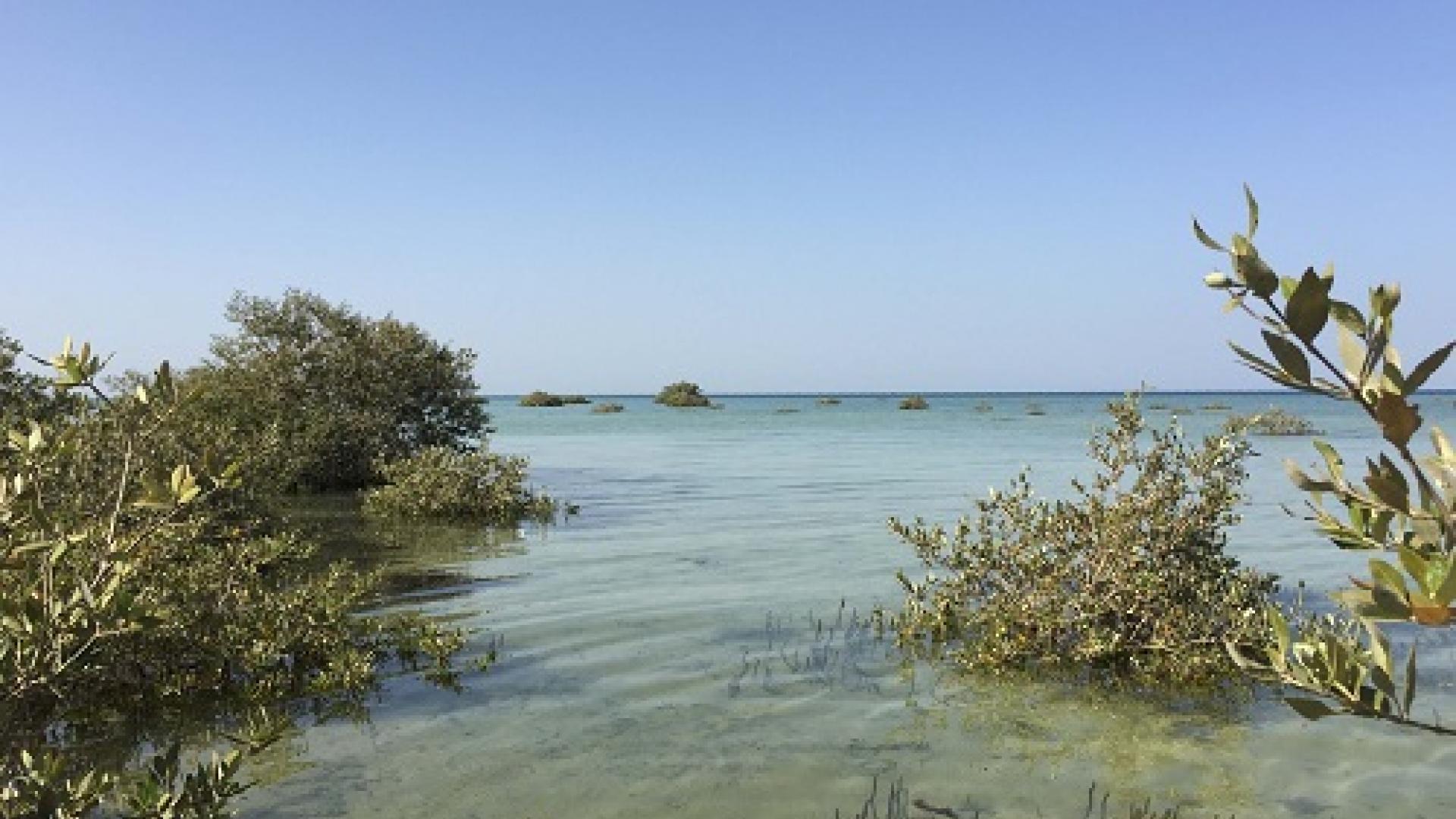© 2016 KAUST
Mangroves are guardians of the coast, not only providing food and shelter for wetland animals, but also protecting against erosion and extreme weather. "Mangroves play a key role in coastal ecosystems, as nurseries and as carbon sinks." says Hanan Almahasheer, a PhD student from the KAUST Red Sea Research Center.
In a recent study, Almahasheer and colleagues assessed the status of the Red Sea’s mangrove forests—the world’s northernmost mangrove forests—using high-resolution aerial images taken by Landsat satellites in 1972, 2000 and 2013. Their results show that the area covered by the mangrove forests has expanded by 12 percent over the study period.
This is in contrary to the belief of many experts that our planet has lost one-third of its mangrove forests since World War II due to urban development and intensified aquaculture. The situation becomes even more worrying considering that the decline is still occurring at an alarming rate of about 2.1 percent per year.
However, the Red Sea has experienced relatively less human activity than other places on Earth due to its harsh environment. This gives scientists a rare opportunity to examine the natural temporal variations of mangrove forests, which could help fine-tune their projections.
Read the full article

